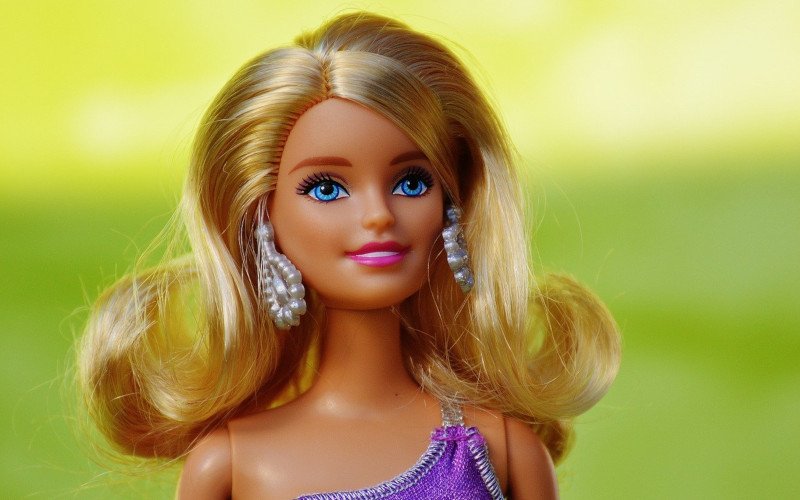Pete Stevenson is a teacher and former headteacher who runs cultural diversity and gender equality story telling projects in nurseries and pre schools. He is concerned that the behaviour of the youngest boys shows signs of emerging misogyny.
It’s a cold start and I’m in a village hall where the activities are being organised by a group of hard working women. Most nursery practitioners are women. Of the 34 settings I visited in the past year I met only three men.
The costume box bulges with dressing up opportunities, a brick activity is alongside the coloured beads and outside the three wheeled bikes are ready for racing. This is known as a free flow curriculum for the under 5s. The children are allowed to choose.
As the children arrive they gaze at my collection of animal puppets and dolls scattered around an array of African drums. In almost all of the settings it will be the boys who step forward to bang the big drums and often the girls will find a doll, or sometimes a fluffy dog, to cradle. They are dressed according to their parents’ and society’s views of them. Boys are in black or blue Action Man or Angry Bird sweatshirts, girls in pink or white with My Little Pony or Little Princess tops. One top reads My dad won’t allow me to date. The girls give-way to the boys as they dominate the group. There are exceptions. Occasionally a boy will sit back and shake a maraca (but never cradle a doll) and a girl might ask a boy if she can play a drum. “No!” comes the reply so she shrinks away. Boys will then run about shouting with lightsabers playing a competitive game, while the girls choose to thread beads, assisting each other and chatting. This is socialised behaviour, clearly modelled by parents and often by staff, displayed by children as young as two years old.
I might say to the staff, “Do you ever intervene and play competitive games with the girls, and are the boys ever directed to a quiet co-operative game?” Their responses are both comforting and alarming;
“It’s great that you are here Pete. We need a good role model for the boys. So many dads have left home”.
“But what about challenging the stereotypical behaviour of boys and girls with some effective intervention?” I suggest.
“Well, they are all different – there’s not a lot we can do”, is the most disheartening reply. Although some settings encourage (or certainly don’t discourage) the boys to feed a doll and transport it in a pushchair. In one nursery this was challenged by a father concerned that the staff were encouraging his son to be gay.
It’s now my time to tell inter-active stories. I hand the big drums to the girls and when on the magic carpet, which requires some action by the children to get it off the ground, I choose the girls’ ideas first which are often the most inventive. I resist the shouts from the boys, one of whom is dressed as Superman.
“We must get some peacock feathers and dip them in magic dust then shake them all around!” Daisy.
“Let’s waggle our feet in the air and say a magic word” Amelia.
“Pete, it’s easy, we must just believe” Emma.
We then travel to a magical land to hunt for a lost duck. Again the boys push to the front and I seek a girl to offer a solution to the problem. Ella offers “Let’s sit quietly to listen for her quack. She might be injured”. These suggestions are nearly always more effective than ideas of super power, thrusting force, or the use of guns likely to be suggested by boys.
My concern is that we are nurturing early patriarchal behaviour that will develop in primary and secondary schools as boys are given more attention and expected to achieve more and girls in equal numbers underachieve, especially in working class communities. As this behaviour in boys grows, at worst, it will show itself as controlling and abusive actions in adult relationships. Calls for healthy relationship education programmes (Karen Ingala Smith Morning Star March 8) must start in pre schools. I fear such limited funding is directed at secondary schools where, whilst teenage girls may feel supported by such initiatives, the boys’ abusive conduct is well established and, chillingly, began in pre schools.
The Morning Star 2017


Recent Comments